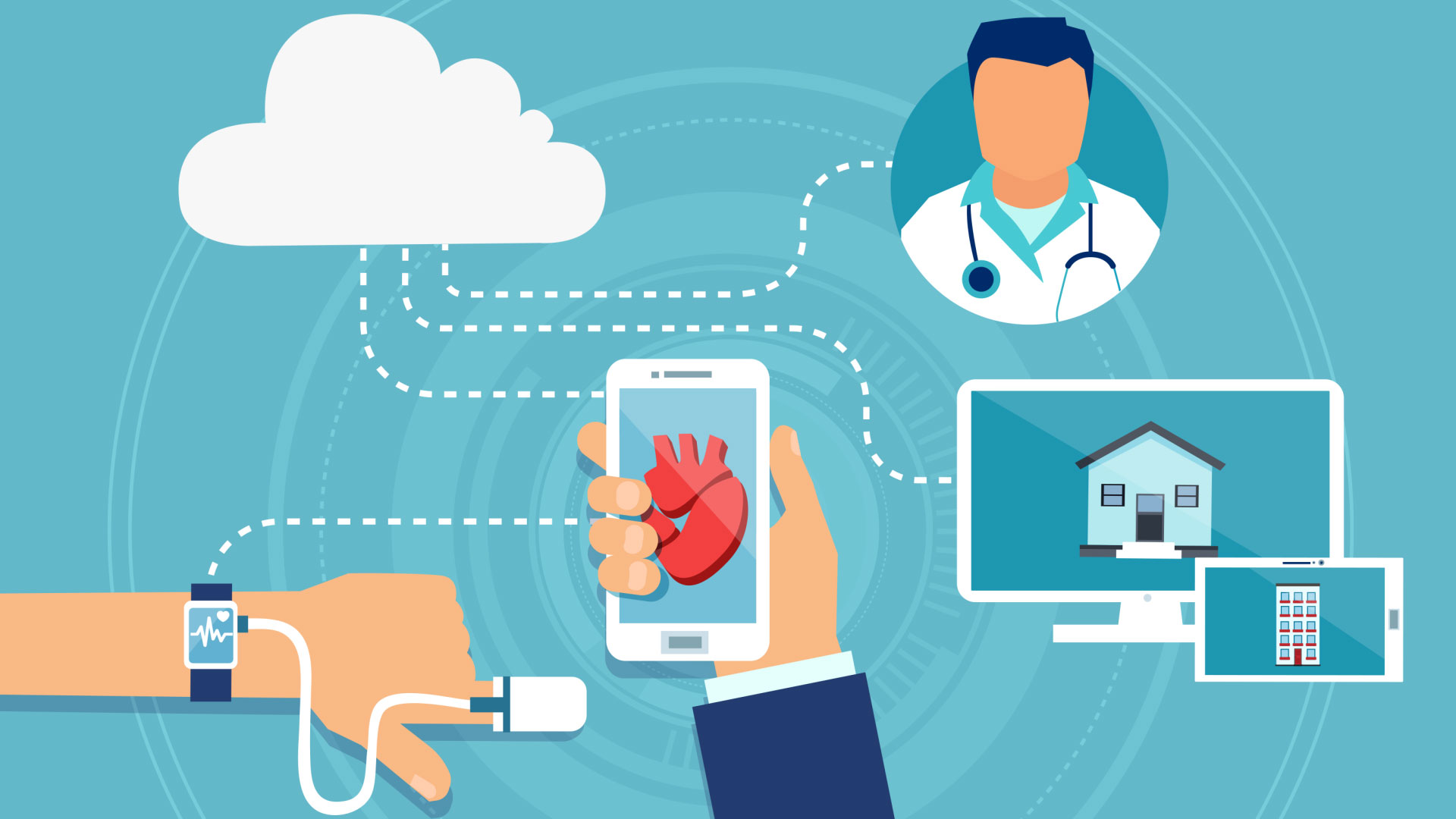Understanding Patient Remote Monitoring
Patient remote monitoring has transformed modern healthcare by enabling providers to track patients’ health outside traditional clinical settings. This technology uses devices and digital tools to collect vital health data, such as blood pressure, glucose levels, heart rate, and oxygen saturation, transmitting it to healthcare professionals in real-time. Patient remote monitoring enhances care efficiency, improves patient outcomes, and reduces the need for frequent hospital visits.
Improved Chronic Disease Management
One of the primary advantages of patient remote monitoring is better management of chronic diseases. Conditions like diabetes, hypertension, and heart disease require constant monitoring, and remote tools allow healthcare providers to detect abnormalities early. By using patient remote monitoring, doctors can intervene promptly, adjust treatment plans, and prevent complications before they escalate.
Enhanced Patient Engagement
Patient remote monitoring empowers patients to participate actively in their own care. When patients can view and track their health data, they become more aware of their condition and more motivated to follow prescribed treatments. This engagement not only improves adherence to medication and lifestyle recommendations but also strengthens the patient-provider relationship.
Reduced Hospital Readmissions
Frequent hospital readmissions are a significant challenge for healthcare providers. Patient remote monitoring helps reduce unnecessary hospitalizations by alerting providers to early signs of deterioration. Providers can adjust care plans or intervene remotely, decreasing the risk of acute events and minimizing the costs associated with repeated hospital stays.
Real-Time Data Access for Providers
Patient remote monitoring gives healthcare providers instant access to critical patient data. Instead of relying solely on periodic visits or delayed reports, providers can monitor trends and respond quickly to changes. Real-time data ensures timely decision-making, allowing healthcare teams to provide more personalized and effective care.
Cost-Effective Healthcare Solutions
Implementing patient remote monitoring reduces healthcare costs by minimizing in-person visits, hospitalizations, and emergency interventions. Providers can allocate resources more efficiently while maintaining high-quality care. This cost-effectiveness benefits both healthcare systems and patients, making advanced monitoring technology an essential part of modern healthcare delivery.
Early Detection of Health Issues
Early detection is crucial for effective treatment and prevention of complications. Patient remote monitoring enables continuous surveillance of patients’ vital signs and symptoms. Providers can identify subtle changes that might indicate worsening conditions, allowing for early intervention and reducing the likelihood of serious medical events.
Increased Provider Efficiency
Patient remote monitoring streamlines workflows for healthcare providers. Automated data collection and alerts reduce the time spent on manual charting and routine follow-ups. Providers can focus on patients who need immediate attention, improving overall efficiency and enhancing the quality of care delivered.
Supporting Telehealth Integration
Patient remote monitoring complements telehealth services, creating a seamless continuum of care. Healthcare providers can combine remote data with virtual consultations to deliver comprehensive treatment plans. This integration ensures patients receive continuous support without frequent hospital visits, enhancing convenience and access to care.
Personalized Treatment Plans
With the insights gained from patient remote monitoring, healthcare providers can tailor treatment plans to individual needs. Real-time data allows for dynamic adjustments in therapy, medication, and lifestyle recommendations. Personalized care enhances patient outcomes and fosters a proactive approach to health management.
Improved Patient Safety
Patient remote monitoring improves safety by reducing the risk of complications and medical errors. Continuous monitoring allows providers to respond to emergencies quickly and ensures patients follow prescribed treatments accurately. This proactive approach to care significantly enhances overall patient safety.
Strengthening Preventive Care
By tracking health trends over time, patient remote monitoring promotes preventive care. Providers can identify risk factors early and recommend lifestyle changes or preventive interventions. This proactive strategy helps patients maintain optimal health and prevents the development of serious conditions.
Better Resource Allocation
Healthcare systems face challenges in managing limited resources. Patient remote monitoring allows providers to allocate resources efficiently by focusing attention on high-risk patients while managing stable patients remotely. This approach optimizes clinical workload and improves care delivery across the healthcare system.
Enhanced Data Accuracy
Patient remote monitoring devices provide accurate and consistent health data, reducing reliance on patient-reported information, which can sometimes be inaccurate. Reliable data ensures healthcare providers make informed decisions, leading to better patient outcomes and more precise treatment plans.
Facilitating Long-Term Care
For patients requiring long-term care, patient remote monitoring offers continuous oversight without frequent hospital visits. This technology ensures chronic conditions are managed effectively over time, improving the quality of life for patients and reducing the burden on healthcare providers.
Supporting Multidisciplinary Care Teams
Patient remote monitoring enables collaboration among multidisciplinary care teams. Specialists, primary care physicians, and nurses can access shared data, coordinate care, and make joint decisions based on real-time insights. This collaborative approach improves treatment effectiveness and patient satisfaction.
Encouraging Patient Accountability
Patients using remote monitoring tools become more accountable for their own health. When individuals see their health metrics and understand the impact of their choices, they are more likely to adhere to treatment plans, maintain healthy habits, and take preventive measures seriously.
Reducing Emergency Visits
Continuous monitoring through patient remote monitoring allows providers to detect critical changes early, reducing emergency room visits. Patients receive timely interventions at home, decreasing the strain on emergency services and enhancing overall healthcare efficiency.
Enhancing Telemedicine Adoption
Patient remote monitoring accelerates the adoption of telemedicine by providing essential health data remotely. Providers can confidently make clinical decisions during virtual consultations, knowing they have accurate and up-to-date information about their patients.
Strengthening Healthcare Outcomes
Overall, patient remote monitoring strengthens healthcare outcomes by enabling proactive, personalized, and efficient care. Providers can deliver better management of chronic diseases, improve patient engagement, and reduce healthcare costs while ensuring patients receive continuous and high-quality care.
Patient remote monitoring is no longer just an option—it has become a critical tool for healthcare providers seeking to improve patient care, reduce hospital visits, and optimize clinical resources. Its benefits span efficiency, cost reduction, patient engagement, and enhanced safety, making it an indispensable element of modern healthcare.




